10 “Convenience Foods” Boomers Ate That Were Surprisingly Hard to Make
Convenience food wasn’t always the shortcut it seemed to be for Boomers. Many dishes came from an era when new appliances seemed futuristic, and advertisers convinced families that a recipe was modern if it used packaged ingredients. Plenty of these foods still show up in nostalgic conversations, even though preparing them sometimes took more steps than anyone remembers.
Jello Salad
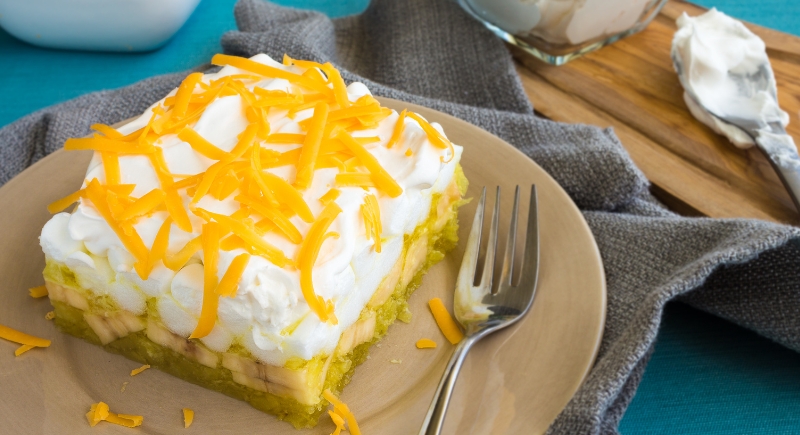
Credit: Getty Images
The so-called easy gelatin salad demanded a refrigerator that could hold several layers without shifting. Recipes from the ‘50s and ‘60s instructed cooks to dissolve gelatin, cool it just enough to suspend carrots, pineapple, celery, or cottage cheese, and pour it into molds that had to chill for hours. Savory versions used tomato or celery-flavored gelatin released in the ‘60s, which needed precise timing because warm ingredients could ruin the set.
Tuna Noodle Casserole
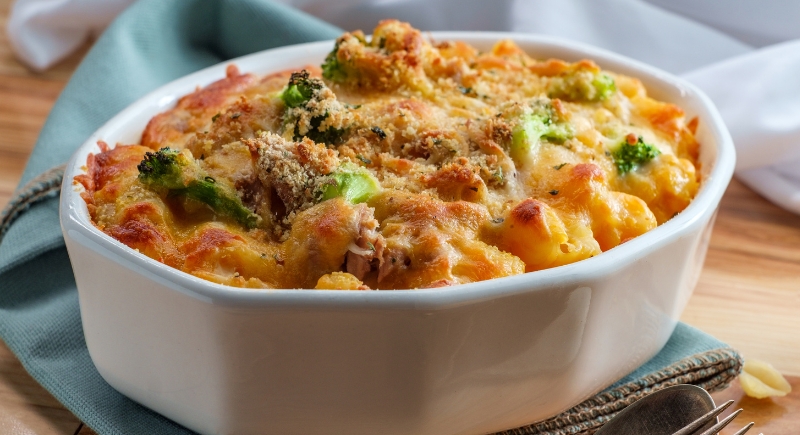
Credit: Getty Images
This casserole looked like a go-to weeknight dish, but the base required boiling noodles, mixing condensed soup with milk, and evenly layering canned tuna to avoid dry spots. Families in the ‘70s often topped it with crushed crackers that had to crisp in the oven without burning, which wasn’t easy with older ovens that heated unevenly.
Green Bean Casserole

Credit: Getty Images
The Campbell’s test kitchen released this recipe in 1955, but the so-called simple version needed thawed frozen beans, a carefully stirred blend of condensed cream of mushroom soup and milk, and fried onions added at the right moment to keep them crunchy. Many kitchens in that era lacked temperature-accurate thermostats, which made the topping unpredictable.
Jello-O Rings with Mix-Ins
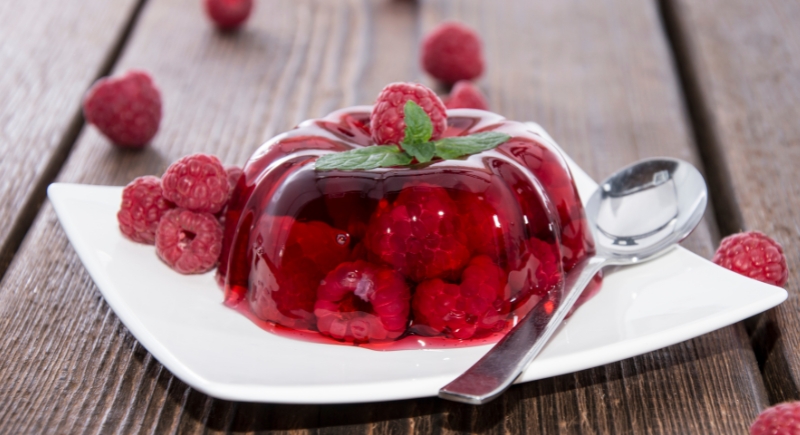
Credit: Getty Images
Boomers took gelatin up a notch by adding marshmallows and fruit bits. Some even put in cheese. These mixtures required a ring mold that was lightly greased so the shape slid out cleanly. Every ingredient had to be folded in after the gelatin reached the perfect consistency, which could take patience, since adding them too early caused sinking.
Giblet Gravy
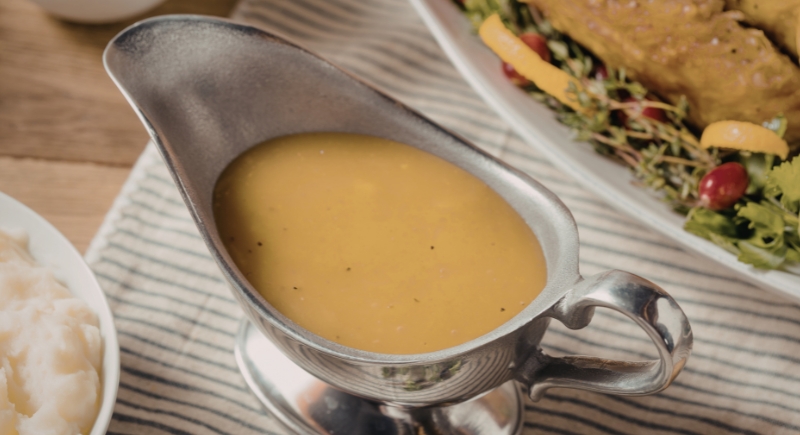
Credit: Canva
This gravy started with the heart, liver, gizzard, and neck that came inside the turkey. Each organ needed to be simmered in water with aromatics, then finely chopped. The pan drippings had to be whisked with flour, and the giblets were stirred in at the end to keep the pieces tender. Many holiday cooks spent nearly an hour turning those parts into gravy.
Sweet Potato Casserole
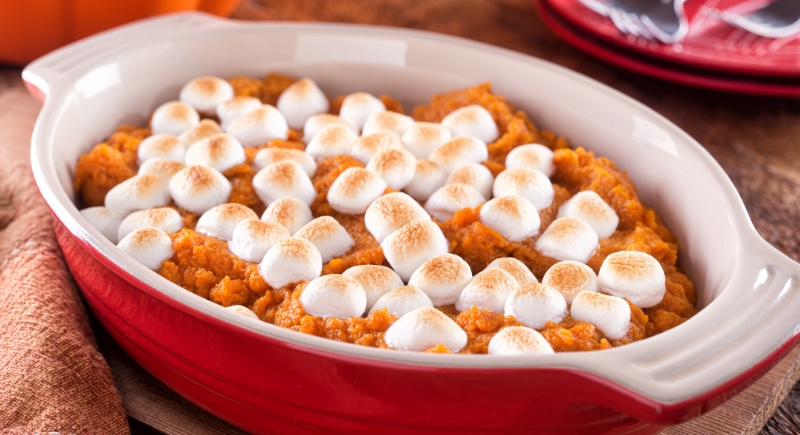
Credit: Getty Images
The iconic marshmallow topping didn’t go on raw sweet potatoes. Each batch needed peeling, boiling, mashing, seasoning, and smoothing into a dish. The marshmallows melted quickly, so cooks watched the oven closely because a few minutes too long turned the topping into a burnt crust. Postwar recipes even added pecans.
Fruitcake

Credit: Getty Images
The dense holiday loaf relied on candied fruit that needed soaking in rum or brandy to stay moist. Traditional recipes required long baking times of more than two hours. Storage mattered too because fruitcake tasted better after resting for days.
Mincemeat Pie
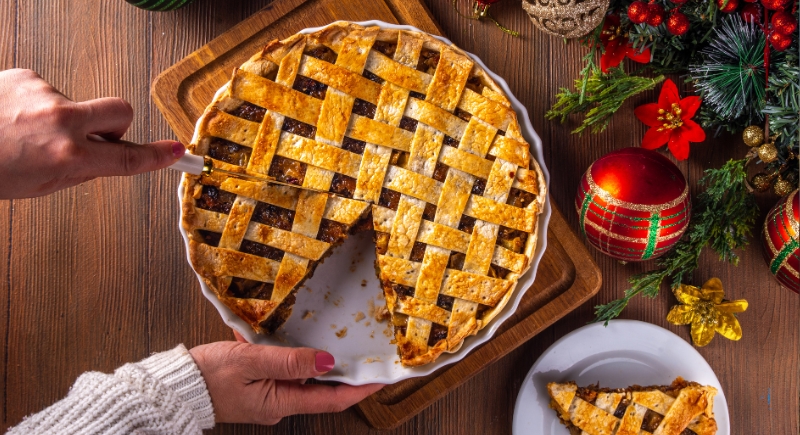
Credit: Canva
Older versions included beef, suet, raisins, citrus peel, and spices simmered slowly until thick. This filling had to cool completely before being baked in a pie shell because a warm filling caused a soggy crust. The spice blend shifted based on regional taste, so measuring nutmeg, cinnamon, and cloves carefully was essential.
Ambrosia Salad

Credit: Getty Images
This retro dish looked effortless, but canned pineapple and mandarin oranges had to be drained thoroughly, or the Cool Whip broke down into a runny mess. Many versions used shredded coconut that clumped unless fluffed by hand. Maraschino cherries needed rinsing to avoid staining the entire bowl bright red.
Oyster Dressing
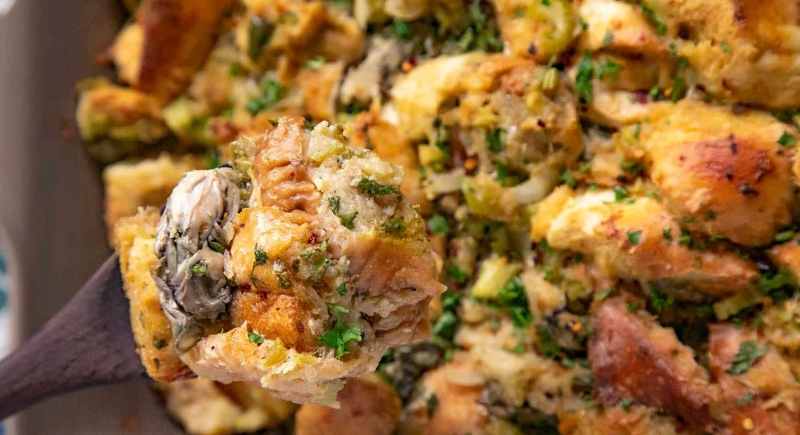
Credit: Instagram
Classic oyster dressing required fresh oysters that had to be shucked or rinsed if purchased jarred. Bread cubes needed to dry before being mixed with celery, onion, herbs, and the oysters. Baking it required steady heat since overcooking made the oysters rubbery. Families in coastal areas kept this dish alive, even though the ingredients weren’t cheap.